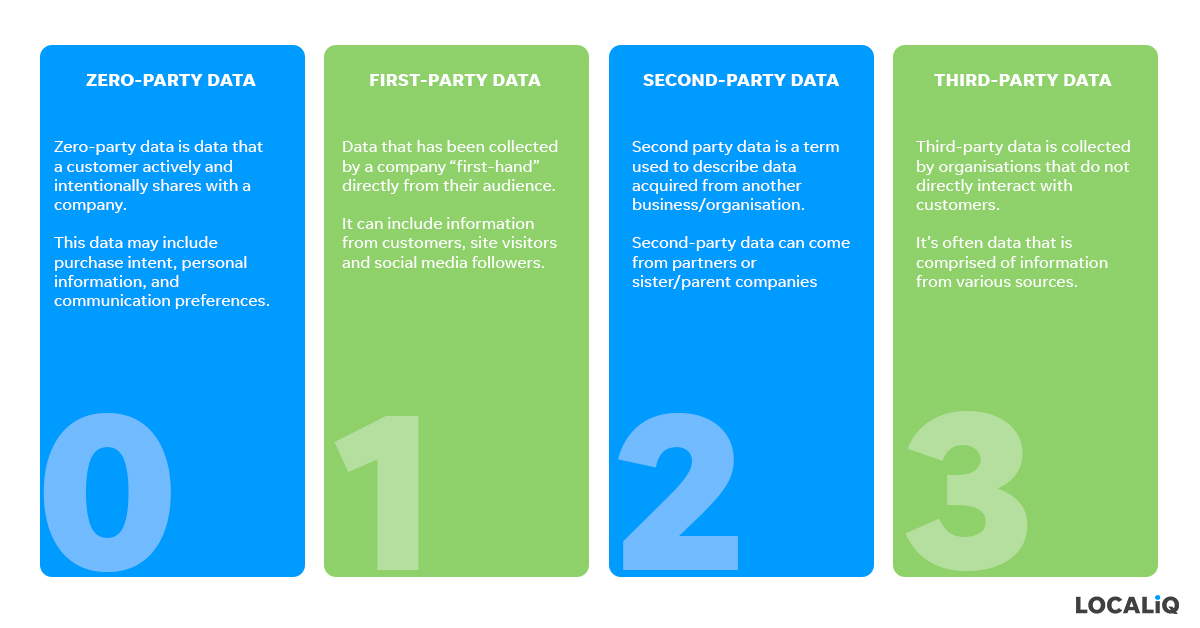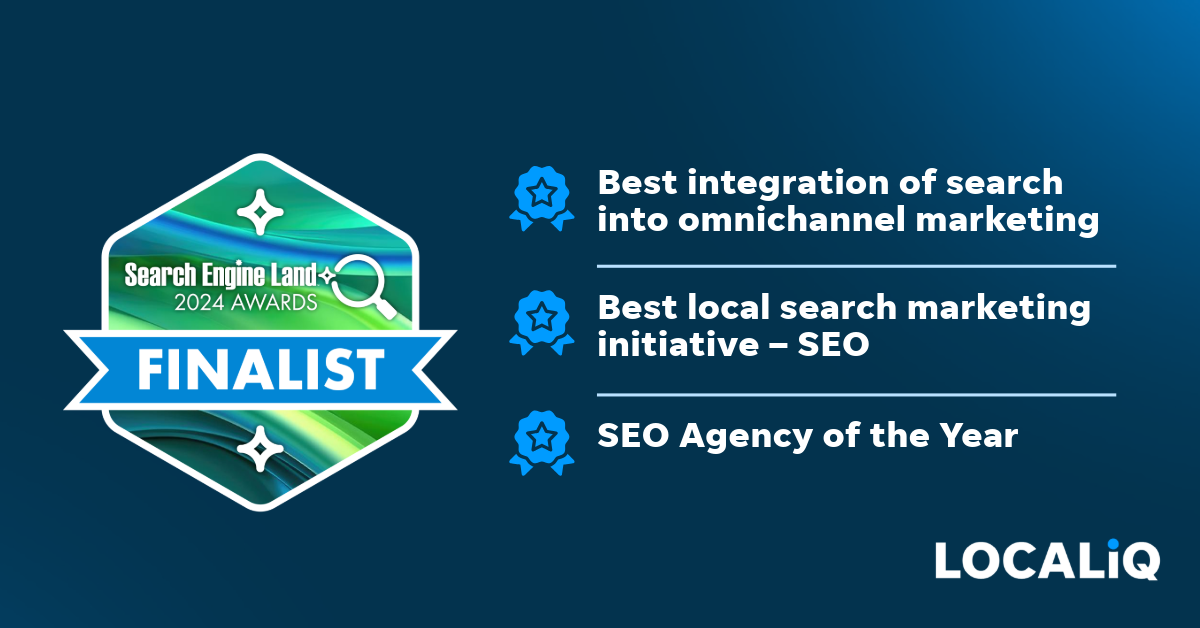If you’re a marketer, you’re likely to be familiar with first, second and third-party data, but what about zero-party data? Read on to discover what it is and why it’s set to greatly impact the way we approach personalisation and campaigns.
What is zero-party data?
Zero-party data is data that a customer actively and intentionally shares with a company. This data may include purchase intent, personal information, and communication preferences.
This data may also include things like interests, where a customer can tell you specific products that they’re interested in, making it easier for you to deliver personalised and relevant content.
It’s worth noting that zero-party data is considered a component of first-party data and so you must adhere to all the rules around how you manage it.
What are the different types of party data?
First-Party Data:
First-party data is the data you’ve been able to collect “first-hand” directly from your audience. It includes information from customers, site visitors and social media followers.
This information can be gathered by your email sign-ups, actions a customer has taken on your website, data from your own surveys, customer feedback and existing data in your CRM.
This data is particularly useful for re-targeting. It’s also a great way of identifying and improving your buyer personas, whilst allowing you to learn how you could potentially appeal to new audiences.
Second-party data:
Second party data is a term used to describe data acquired from another business/organisation. Second-party data can come from partners or sister/parent companies.
Second-party data is very similar to first-party data, because it’s collected in the same way, just by a partner instead of your own business.
Benefits of using second-party data include being able to connect with a new audience that are interested in your industry, and compare it with your own data to see if there’s a particular audience profile you haven’t identified as a potential customer to your business.
Aside from acquiring second-party data through trusted partners, you can also purchase it via data market places. When buying data this way, you can ask the data provider to only share the information you want.
If you’re going to purchase through a data marketplace you should ensure the market place is reputable and that the companies you choose to buy from collect their data properly.
Third-party data:
Third-party data is collected by organisations that do not directly interact with customers. It’s often data that is comprised of information from various sources. For example, statistics found on government websites or data on demographics that is available to the public. Third-party data is often sold/bought on data marketplaces.

Why is zero-party data important to marketers?
If a customer is actively choosing to share data, you can relatively assume that data is going to be accurate and meaningful to your business.
This type of shared data will allow companies to identify what a particular customer is looking for and will hopefully mean you spend less time having to proactively gather that data and more time being able to provide useful information and tailored information to customers.
How will privacy and going cookie-less affect how companies gather customer data?
Online privacy has come along way over the past decade. The way companies collect and use customer data has changed drastically as consumers become more conscious of how their data is being collected and used.
In the past couple of years we’ve seen the introduction of privacy laws (GDPR for instance), and no doubt we will see several more legal requirements put into place. This means businesses will need to ensure they’re keeping up-to-date with privacy-related information and ensuring they collect data in a way that is appropriate. They’ll also have to ensure that they are transparent with how that information is being used.
Phasing out cookies and the impact on data collection
Cookies have played an integral part in tracking consumer activity online and allowing companies to collect that data, but it looks like that’s set to change. Google plans to block third-party cookies from its Chrome browser in 2023 and tech giant Apple is already allowing users to opt-out of tracking and third-party cookies on Safari, apps and iOS devices.
This is a strong indication that third-party cookies will soon become a thing of the past and companies will have to seek out new ways to gather consumer data.
How companies can build a futureproof data strategy
As companies become more committed to creating meaningful relationships with consumers, they’ll be looking to ensure that they can continue to collect and utilise data to inform these interactions.
With third-party cookies no longer a sustainable option, companies will now need to look to incorporate progressive profiling. A good starting point would be to ask existing customers to fill in a survey identifying their preferences and interests. This will allow you to get an overview of what your target audience looks like – from here you can use this data to inform targeted advertising across Facebook, LinkedIn and other social media platforms, and survey a wider range of people to build on your existing data.
You’ll constantly want to be measuring the quality of your data and ensuring that any new online privacy laws are being adhered to. As time goes on you’ll want to think of new ways to collect and update your data, as well as cleanse old data.
If you’d like to be kept up to date with the latest marketing news then sign up to our newsletter:






